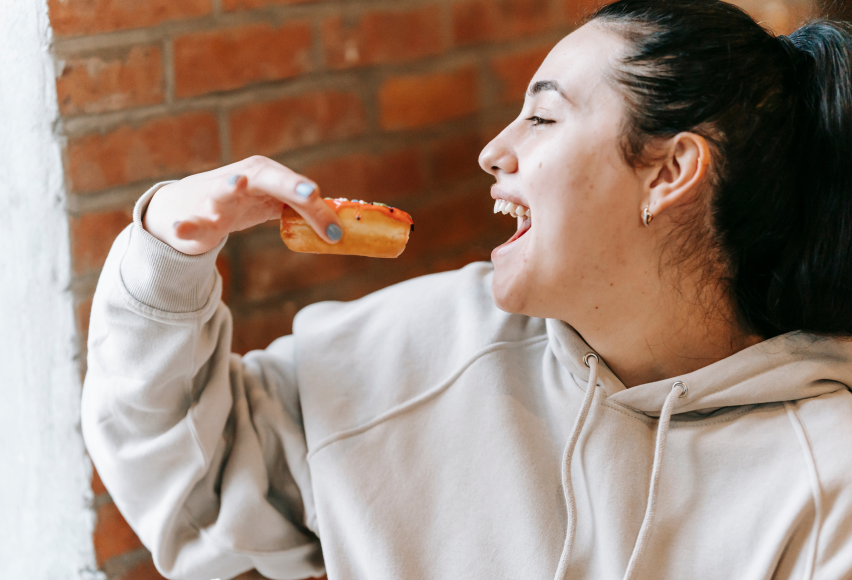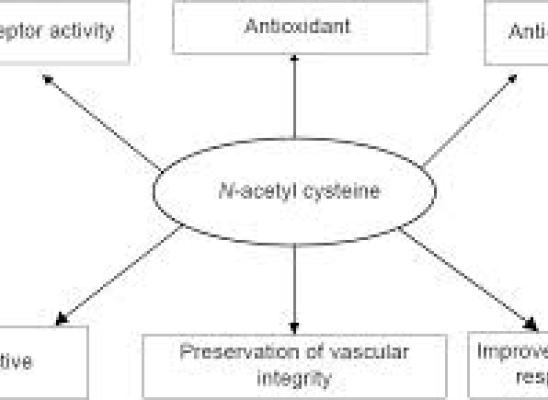The Significance of Repetitive Hair-Pulling Behaviors in Eating Disorders

Online test
Find out the severity of your symptoms with this free online test
Trichotillomania, commonly referred to as hair pulling, and eating disorders, such as anorexia nervosa, bulimia nervosa, and binge eating disorder, are both classified as mental health conditions characterized by repetitive, maladaptive behaviors (hair pulling, disturbances in eating), and result in significant emotional distress and impaired psychosocial functioning. While they are distinct disorders, they share common qualities including aspects of both compulsivity and impulsivity which can complicate the picture. It’s also not uncommon for trichotillomania and eating disorders to co-occur. Just how they are linked is not entirely clear but understanding this connection can have significant implications for treatment.
The Hair Pulling and Eating Disorders Connection
Research has shown that people with trichotillomania often exhibit qualities and behaviors similar to those seen in eating disorders. Both disorders are associated with difficulties in emotional regulation, heightened stress responses, and obsessive preoccupations with specific behaviors.
Hair pulling and eating disorders commonly co-occur. Studies suggest that about 20% of people diagnosed with trichotillomania also had an eating disorder. A 2016 study found varying rates of comorbidity with hair pulling based on the type of eating disorder present:
- Anorexia nervosa 1.6%–5%
- Bulimia nervosa 2%–14%
- Binge eating disorder 6%–10.2%
There is also neurobiological evidence that suggests obsessive compulsive and related disorders (OCRDs) like hair pulling and eating disorders may share pathways in the brain involved in impulse control and the reward system. Specifically, dysregulation of dopamine and serotonin, neurotransmitters responsible for mood and reward processing, may play a role in the repetitive nature of hair pulling and disordered eating behaviors.
Compulsivity vs. Impulsivity
One of the key distinctions between hair pulling and eating disorders lies in the balance between compulsivity and impulsivity.
- Compulsivity: Compulsive behaviors are repetitive and ritualistic, often performed to reduce anxiety or prevent a perceived negative outcome. In hair pulling, for example, compulsivity may manifest as a specific pulling ritual, such as feeling the texture of the hair before or after pulling. Compulsivity in eating disorders might be seen in rigid dietary rules, excessive exercise, or purging behaviors.
- Impulsivity: Impulsive behaviors are characterized by behaviors with little or no forethought, reflection, or consideration of their consequences. In hair pulling, impulsivity might present as sudden hair pulling during moments of distress or boredom. In eating disorders, impulsivity might be seen in a binge-eating episode.
While both impulsivity and compulsivity are present in both hair pulling and eating disorders, the degree to which each manifests varies. One study took a closer look at these two key factors and found that:
- People with trichotillomania tend to engage in ritualistic compulsions
- People with eating disorders, particularly binge eating and bulimia, are more associated with impulsive traits
However, it is important to note that these characteristics are not absolute. People can experience varying degrees of both traits. Additionally, the same behaviors associated with hair pulling and disordered eating can sometimes be experienced as both compulsive and impulsive. The study authors suggest that it is important to look not only at the presence of symptoms but to also consider how they are experienced by the person.
Treatment Implications
Understanding the balance between compulsion and impulsivity is key to tailoring therapeutic interventions that meet the unique needs of the person. Rather than a one-size-fits-all approach, consideration of the individual and their experience of their symptoms can provide valuable information for treatment planning.
For someone experiencing more compulsive traits, treatment strategies such as Habit Reversal Training (HRT) and Cognitive Behavioral Therapy (CBT) may be effective in addressing the ritualistic nature of their behaviors.
For someone experiencing higher impulsivity might benefit from interventions that focus on strengthening impulse control and distress tolerance skills.
Can medication help? The answer here depends. While there is no medication currently approved to treat body focused repetitive behaviors (BFRBs) like hair pulling, healthcare providers will sometimes prescribe medications to treat other co-occurring symptoms that may be present. One of the things that researchers have found is that sometimes, medication used to treat another condition can sometimes help with trich symptoms. The medication isn’t specifically used for the trich, but treating the other condition seems to help. Of course, this is a discussion to have with your healthcare provider.
Conclusion
Recognizing the connection between hair pulling and eating disorders further advances the awareness and understanding of how these two disorders can present and enhances treatment, offering individuals more holistic care and successful treatment outcomes.
References
1. Greenberg, E., Grant, J. E., Curley, E. E., Lochner, C., Woods, D. W., Tung, E. S., Stein, D. J., Redden, S. A., Scharf, J. M., & Keuthen, N. J. (2017). Predictors of comorbid eating disorders and association with other obsessive-compulsive spectrum disorders in trichotillomania. Comprehensive Psychiatry, 78, 1-8. https://doi.org/10.1016/j.comppsych.2017.06.008
2. Houghton, D. C., Maas, J., Twohig, M. P., Saunders, S. M., Compton, S. N., Neal-Barnett, A. M., Franklin, M. E., & Woods, D. W. (2016). Comorbidity and quality of life in adults with hair pulling disorder. Psychiatry research, 239, 12–19. https://pmc.ncbi.nlm.nih.gov/articles/PMC4855296/
3. Di Luzio, M., Bellantoni, D., Bellantoni, A. L., Villani, V., Di Vincenzo, C., Zanna, V., Vicari, S., & Pontillo, M. (2024). Similarities and differences between eating disorders and obsessive-compulsive disorder in childhood and adolescence: a systematic review. Frontiers in psychiatry, 15, 1407872. https://pmc.ncbi.nlm.nih.gov/articles/PMC11183500/
4. Zucker, N., Von Holle, A., Thornton, L. M., Strober, M., Plotnicov, K., Klump, K. L., Brandt, H., Crawford, S., Crow, S., Fichter, M. M., Halmi, K. A., Johnson, C., Kaplan, A. S., Keel, P., LaVia, M., Mitchell, J. E., Rotondo, A., Woodside, D. B., Berrettini, W. H., Kaye, W. H., … Bulik, C. M. (2011). The significance of repetitive hair-pulling behaviors in eating disorders. Journal of clinical psychology, 67(4), 391–403. https://pmc.ncbi.nlm.nih.gov/articles/PMC3664303/
Online test
Find out the severity of your symptoms with this free online test
Start your journey with TrichStop
Take control of your life and find freedom from hair pulling through professional therapy and evidence-based behavioral techniques.
Start Now



